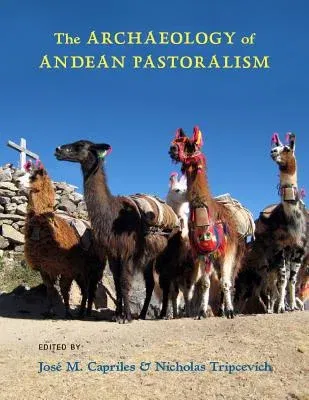The Archaeology of Andean PastoralismHardcover, 1 May 2016

Qty
1
Turbo
Ships in 2 - 3 days
In Stock
Free Delivery
Cash on Delivery
15 Days
Free Returns
Secure Checkout

Print Length
280 pages
Language
English
Publisher
University of New Mexico Press
Date Published
1 May 2016
ISBN-10
0826357024
ISBN-13
9780826357021
Description
Product Details
Book Format:
Hardcover
Country of Origin:
US
Date Published:
1 May 2016
Dimensions:
28.96 x
22.61 x
2.54 cm
Genre:
Latin America
ISBN-10:
0826357024
ISBN-13:
9780826357021
Language:
English
Pages:
280
Publisher:
Weight:
997.9 gm